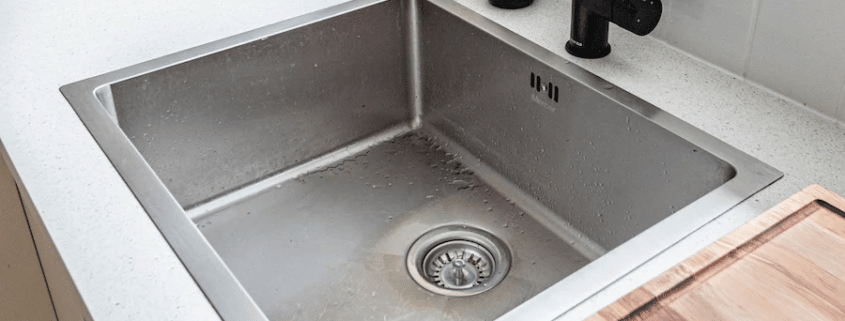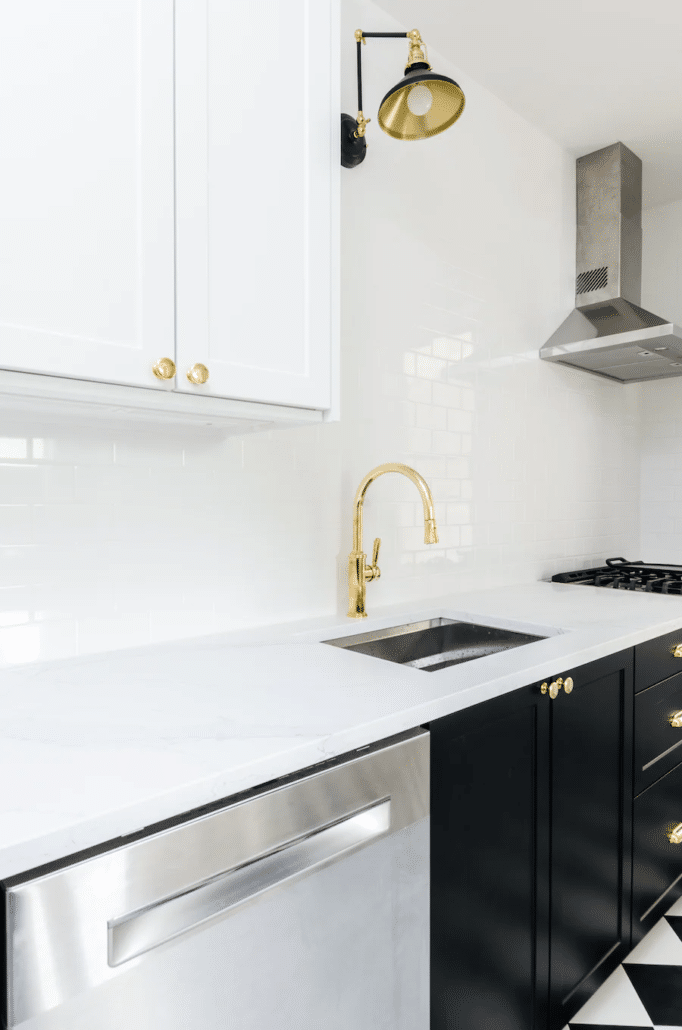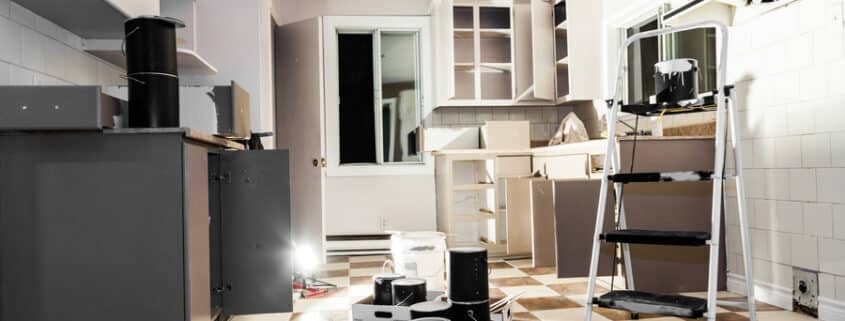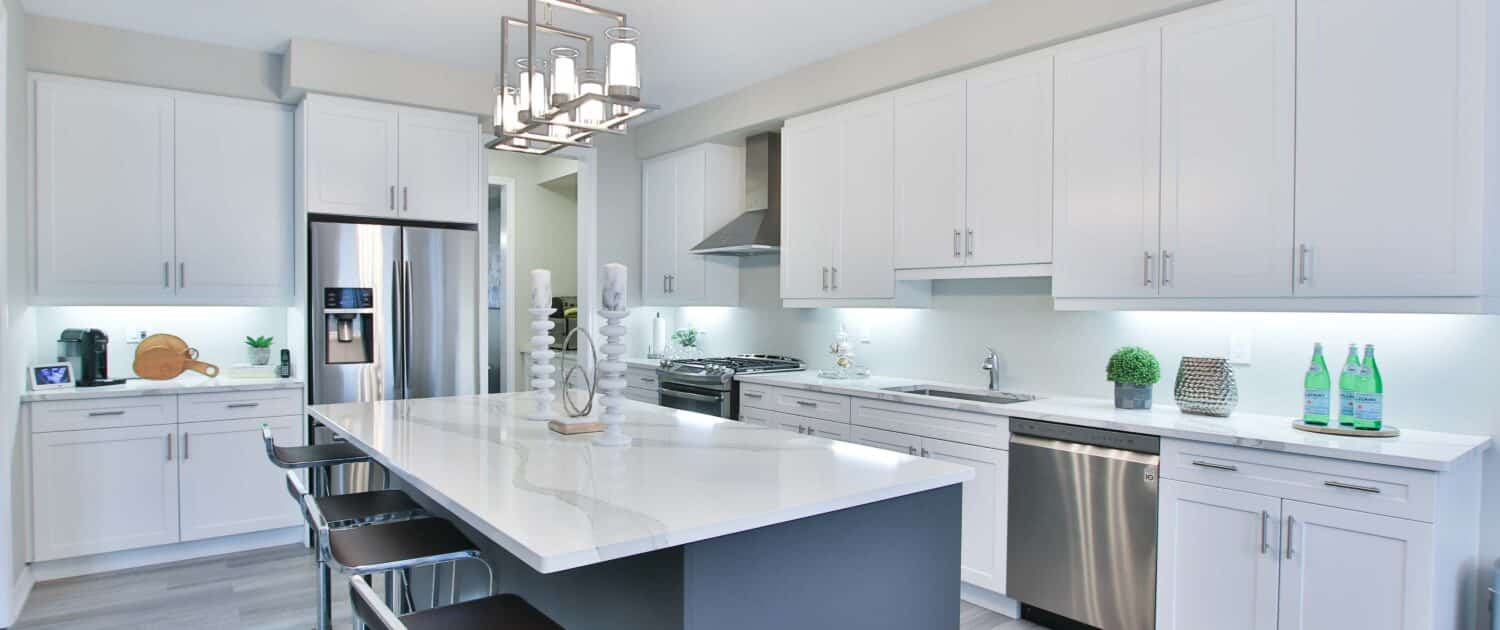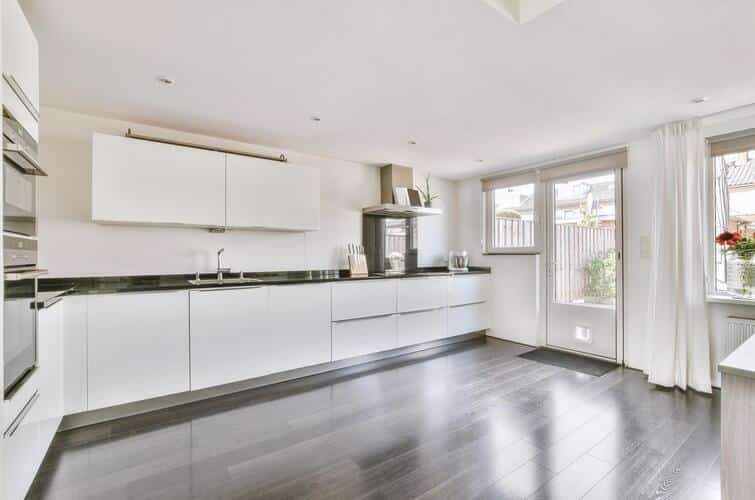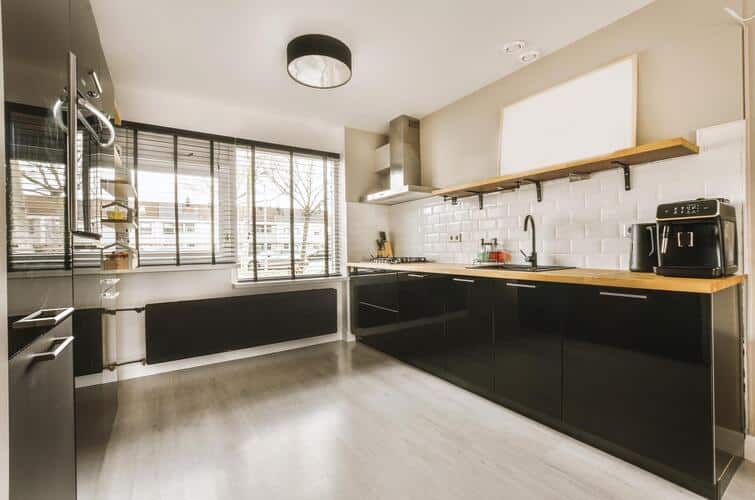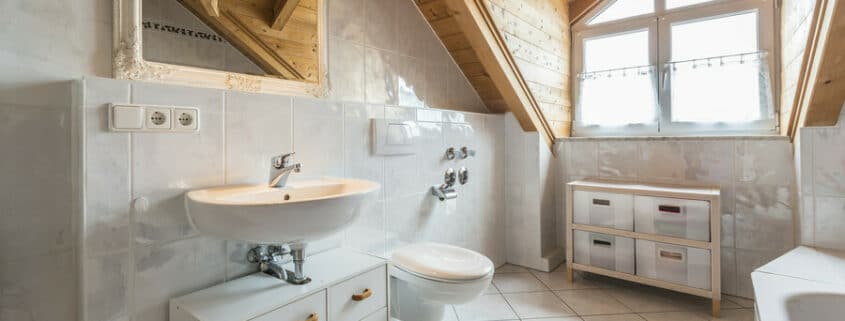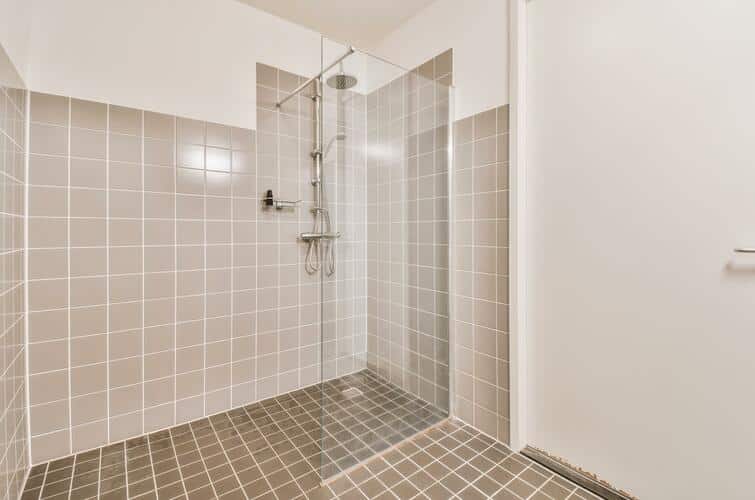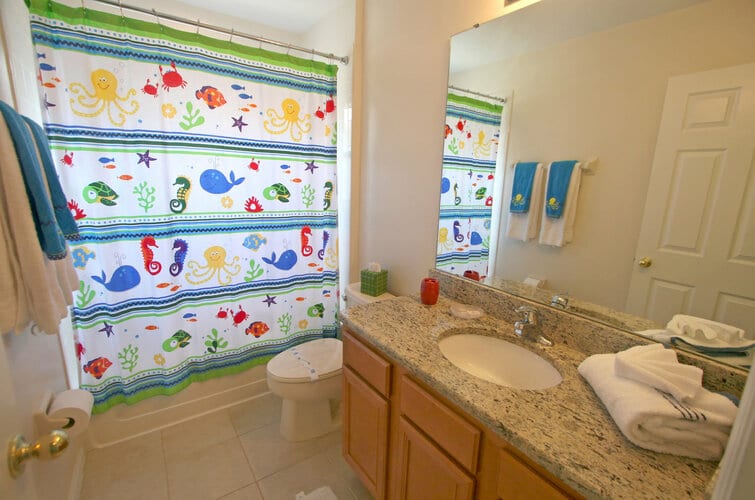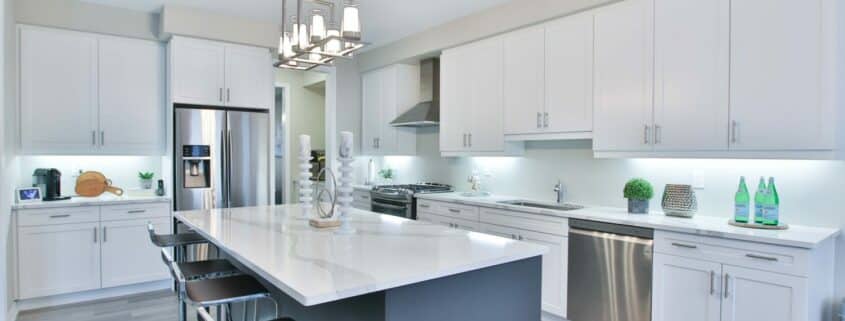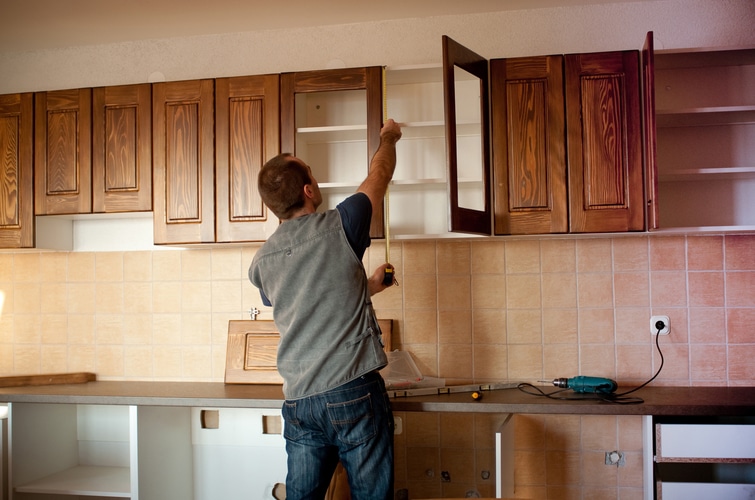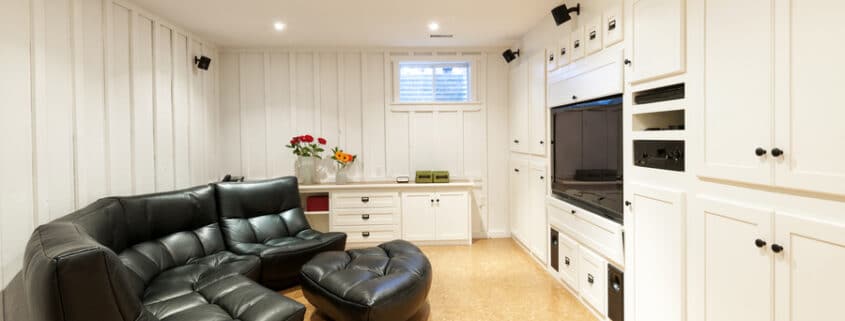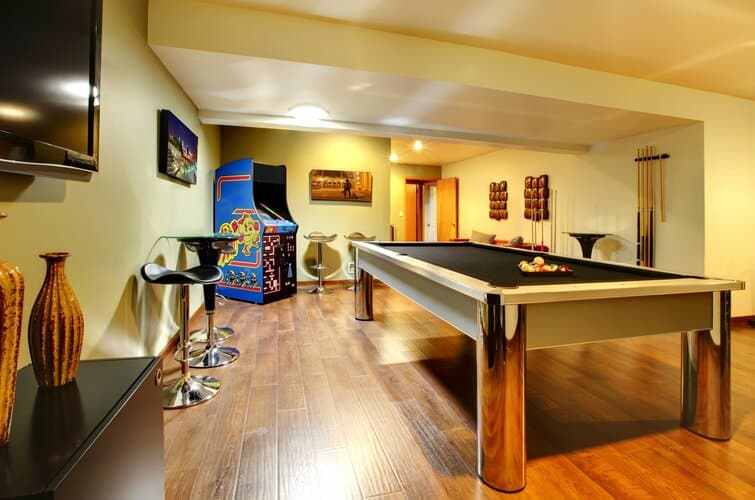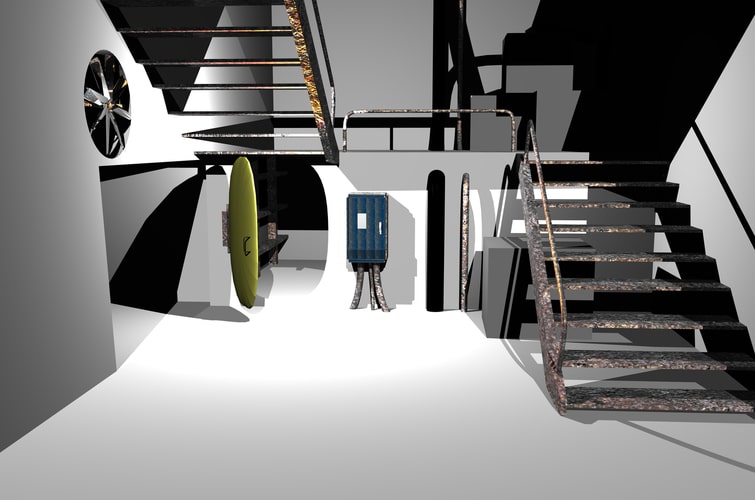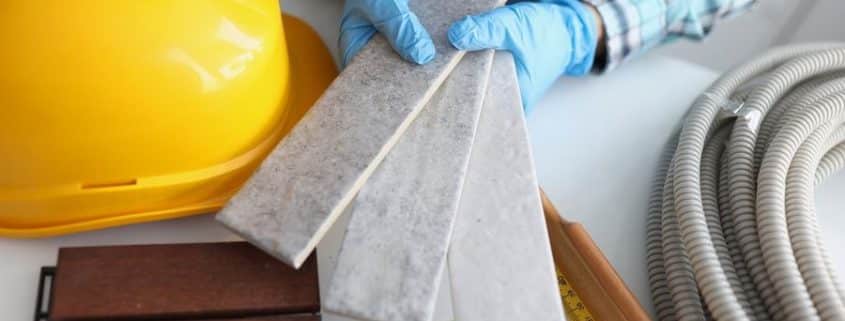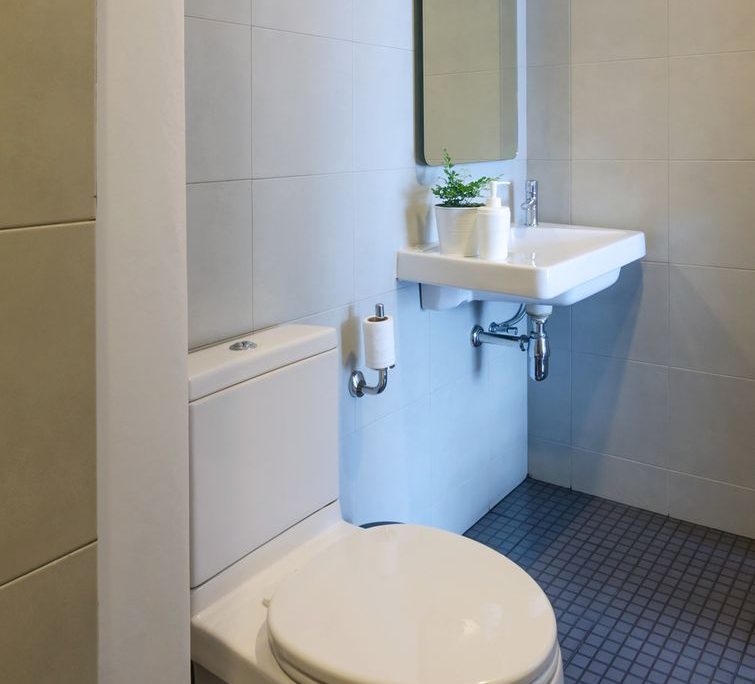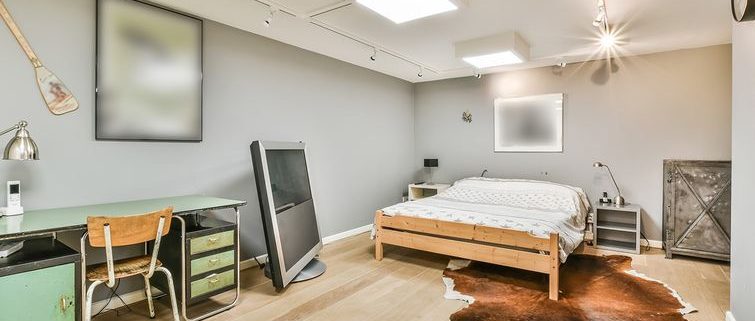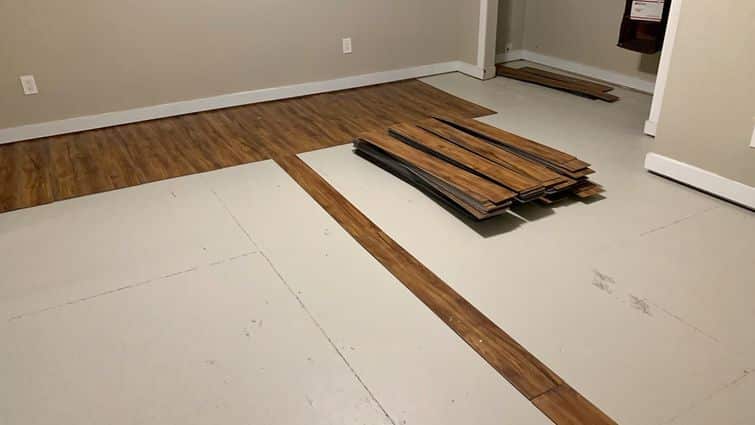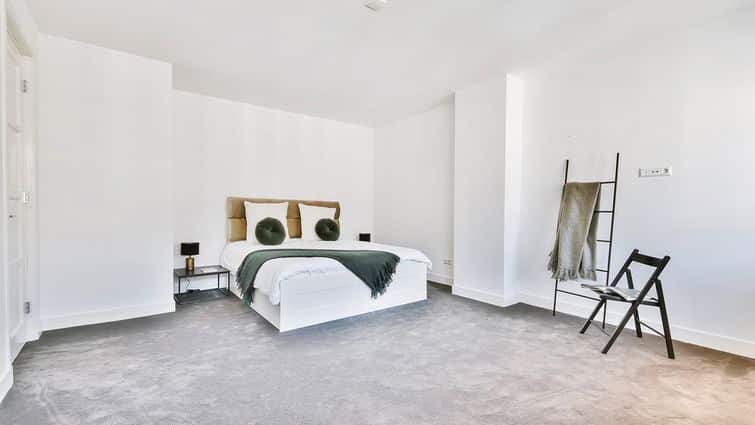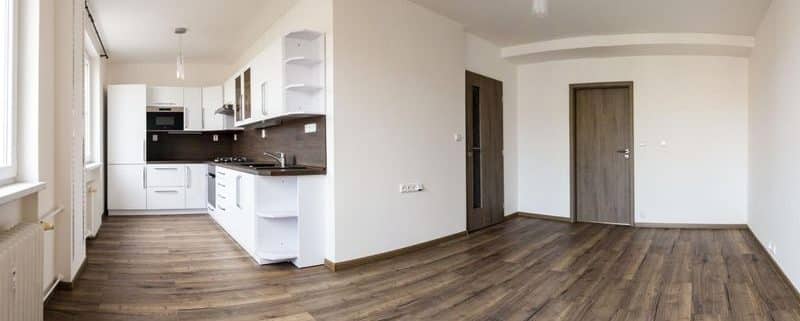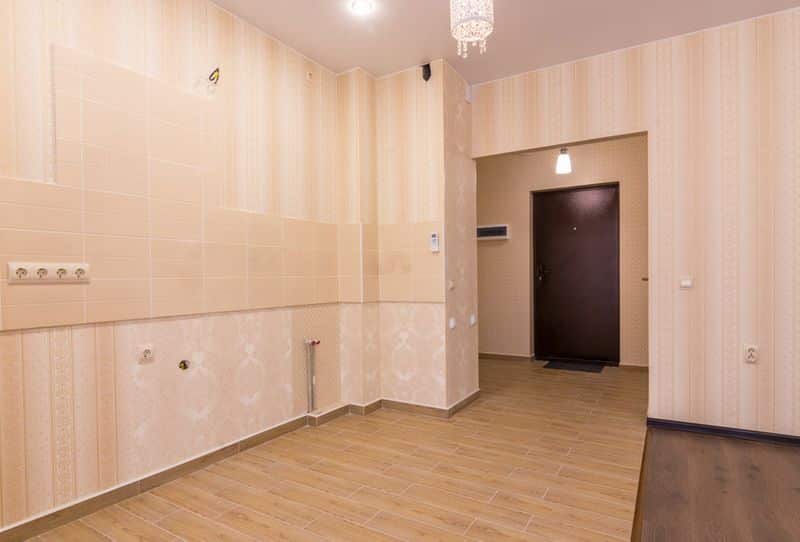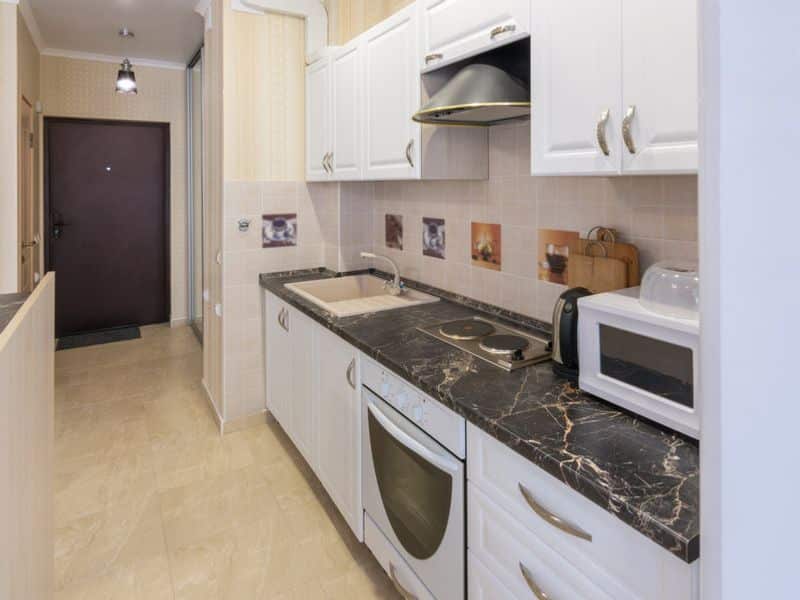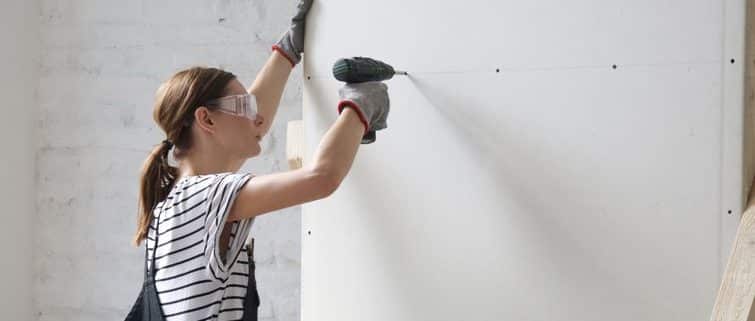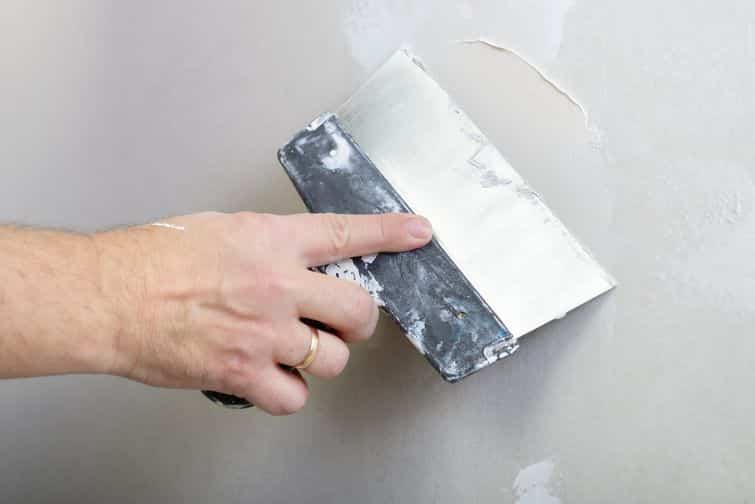How To Install A Kitchen Sink
Do It Yourself home improvements can not only be extremely rewarding but can also give your home a breath of fresh air. Installing your sink, while a little messy, can be done by homeowners in a few hours.
Installing A Kitchen Sink In 8 Steps
Ready to start installing your brand-new kitchen sink? Here’s your guide with all the information you’ll need for your kitchen sink upgrade.
Prepare Your Tools | What You Will Need
As you get ready to make the cut and start installing your sink, there are a few tools you should have on hand when you start the process. These tools include:
- Putty Knife
- Utility Knife
- Plumber’s Putty
- Sink Clips
- Slip Nuts
- Silicone Caulk
- Bar Clamp or Hose Clamp
- Shop Towels
- Pipe Wrench
- Safety Glasses
- New Sink and Faucet
Measure Your Space and Find A Sink That Fits
One of the first things you need to do in your kitchen sink installation is to measure your space and buy a new appliance. Measuring is so important or else you’ll be heading back to the home improvement store. Be sure to measure the sink tailpiece between the basket and the tee. While it’s easiest to replace a kitchen sink with one of the same size, you can try for a larger sink or a smaller sink if you’re willing to put in the extra work.
Turn Off Water Supply and Drain Lines
The next step is to turn off your hot and cold water lines and your drain lines. While you’re underneath the sink looking at the water supply valves, you should also inspect the condition of the shut-off valves and supply pipes. You definitely don’t want to start installing your new sink if the pipes are stacking or need to be replaced. Next, remove any remaining water in your sink drain pipe before you get started on taking out the existing sink. Remove any clips beneath the appliance in the sink cabinet that would be holding it in place. The line for the dishwasher drain is typically connected to the drainpipe under the sink in most cases.
Remove Your Old Sink and Clear The Space
Once the water has been turned off, you can remove the old sink bowl from the countertop opening. Be sure to wear safety glasses throughout this entire installation process. Depending on the size of your sink, you may need to do some cutting around the sink’s perimeter and on the counter’s edge with a tile cutter or utility knife.
TYPES OF SINKS
If you have a drop-in sink, you can have one person push the drop in the kitchen sink from underneath while another person pulls it up and out of the countertop hole using the sink’s lip for a grip. For an under mount sink, you will need to loosen the clamps and lower it down into the sink opening. Sinks, especially under mount sinks, can be heavy and hard to remove. Work cautiously when completing this step and cut away any remaining caulk leftover along with the old appliance.
Prepare The New Sink and Install New Faucet Lines
The next step in the sink replacement process is to prep the new sink. Many stainless steel sinks have a terrible smell and require a good cleaning before they are installed. After the scrub, keep the sink upside down and place a good amount of putty around the drain hole and apply the drain strainer. Attach a rubber gasket onto the strainer with a slip nut.
INSTALL FAUCET FIRST
As well, many professionals recommend installing the kitchen faucet for the new sink before the actual sink. While you install the kitchen faucet, you can also install the garbage disposal, soap dispenser, and other extra features your sink has using a mounting bracket and mounting nuts under the sink.
Install New Sink According To Manufacturer’s Instructions
It’s finally time to install the sink itself! After prepping the sink and installing the kitchen faucet and garbage disposal, you are now ready to place the appliance into the hole. Be sure to follow the manufacturer’s instructions for the installation and sinks can look and act differently depending on brand and material. Use putty to secure the sink and then remove the excess putty from the edges. Connect the faucet to the shutoff valves and ensure that the sink is fitted correctly.
Turn On Water Supply and Check Water Pressure
Once everything has been connected again, you can turn on the hot and cold water supply lines and drain lines again. You will want to check that everything is working correctly and that the water’s pressure is where it should be. Missing this step could lead to other trouble down the line.
Clean Up
Finally, when you are all finished and everything is working correctly, you can clean up. Remove excess caulk and putty, scrub your sink again, and replace any products for the cabinets underneath that you moved to install your sink. Then, you can wash your hands of this job!
Honest Renovations
If you don’t like to get your hands dirty and are looking for some professional help with your sink installation, contact Honest Renovations today to get started on your new project!

